Denise Schindler to become world's first Paralympic cyclist to use 3D-printed prosthesis
Future Makers: German athlete Denise Schindler is working with Autodesk to become the first cyclist to compete with a fully 3D-printed prosthetic leg at the Rio 2016 Paralympic Games (+ movie).
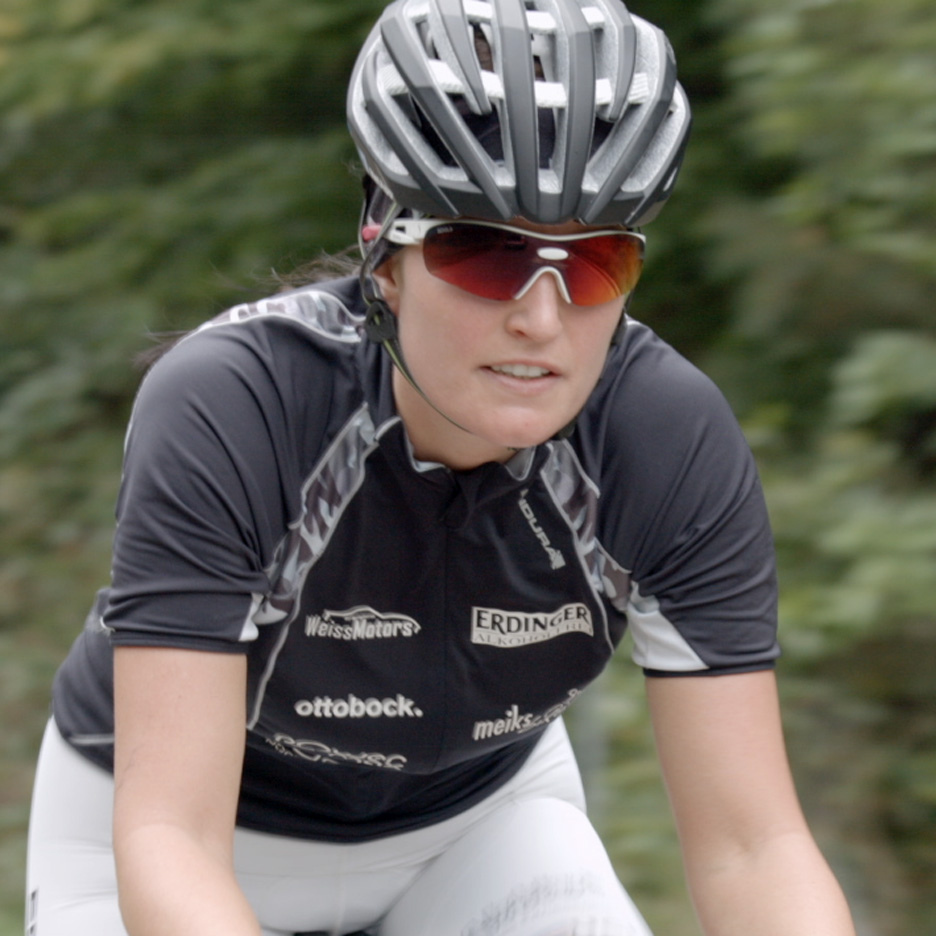
"This is going to be the world's first prosthetic at the Paralympics that has been 3D printed," says Paul Sohi, in-house product designer at Autodesk, in this exclusive Dezeen movie. "We're at a stage technology-wise to initiate a paradigm shift in this industry."
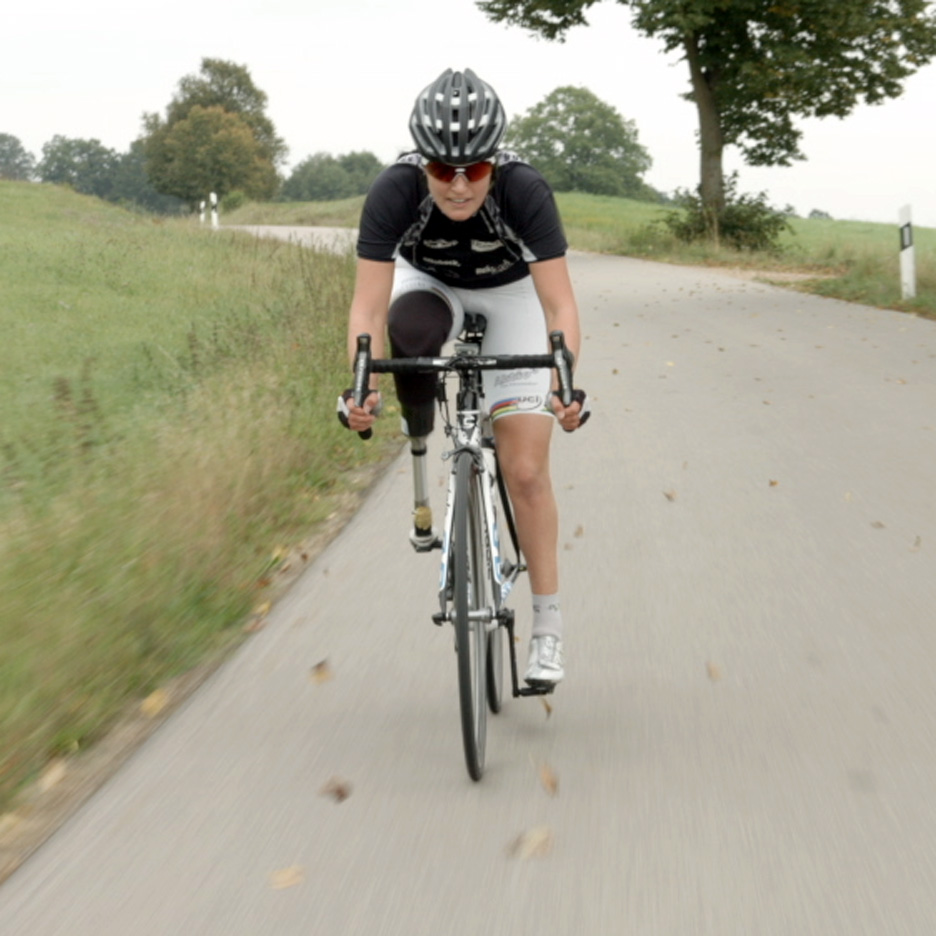
Schindler, a silver medalist at the 2012 Paralympic Games in London, had her right leg amputated after a childhood accident. To cycle, she uses a specially designed prosthetic leg.
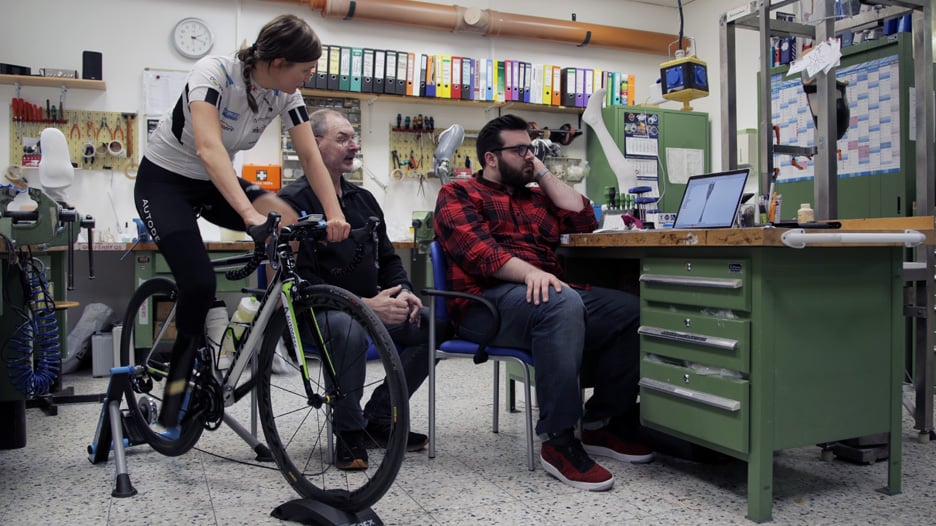
"I am amputated below the knee," Schindler explains in the movie, which was filmed by Dezeen at prosthetic engineering company Reha-Technik Wellmer und Schmidbauer in Germany. "I have a special cycling leg that adapts to the pedal."
Schindler usually competes with a hand-made carbon-fibre prosthesis, but for the last year she and her orthopaedic technician Thomas Wellmer have been working with software company Autodesk to create a 3D-printed polycarbonate version.
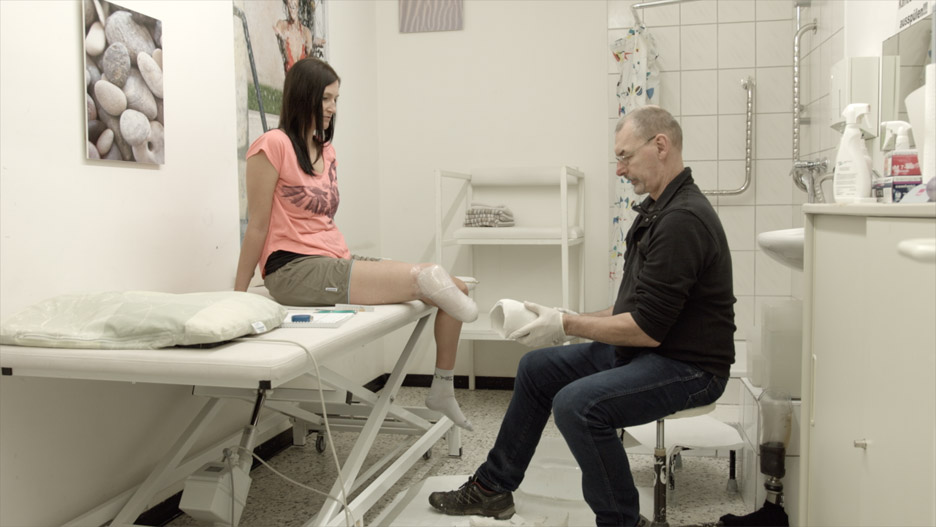
Sports prostheses are highly bespoke and precise pieces of equipment, which need to be redesigned and refitted regularly to accommodate slight changes in an athlete's body over time.
This is currently a highly manual and therefore time-consuming and expensive process, but Schindler and Sohi believe they can speed it up considerably by taking advantage of advances in 3D scanning and printing technology.
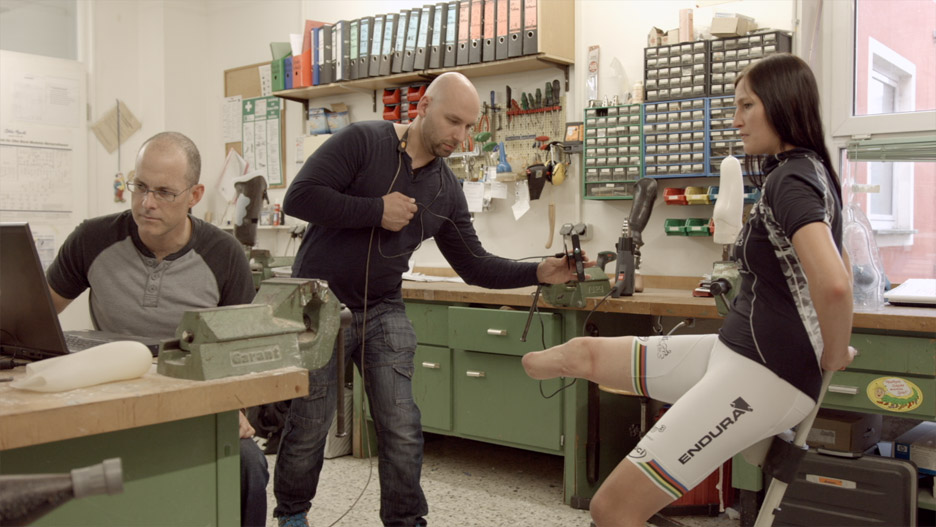
"Right now things still happen by hand and it takes a long time," explains Sohi. "But plaster casting can become 3D scanning, socket design can become digital sculpting, carbon-fibre moulding can become 3D printing."
Schindler adds: "One of the big benefits of doing it digitally is that the process is much faster. With the 3D model we can see the changes much better and react faster."
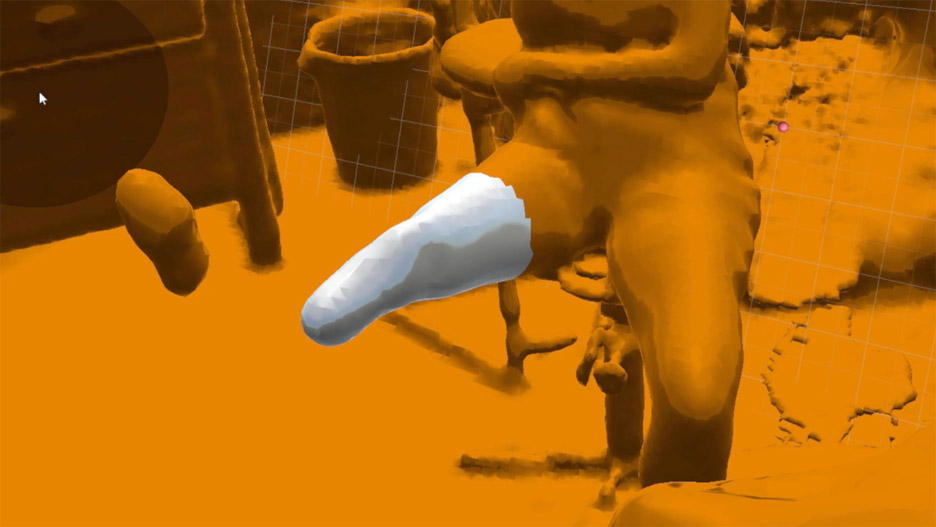
Sohi has been using Autodesk's Fusion 360 software to design the prosthesis around a 3D scan of Schindler's residual limb.
"Fusion 360 is an all-in-one software package, so it does modelling, animation and simulation," Sohi explains. "We could very quickly make changes and then see how that was going to affect things like the stress on the material."
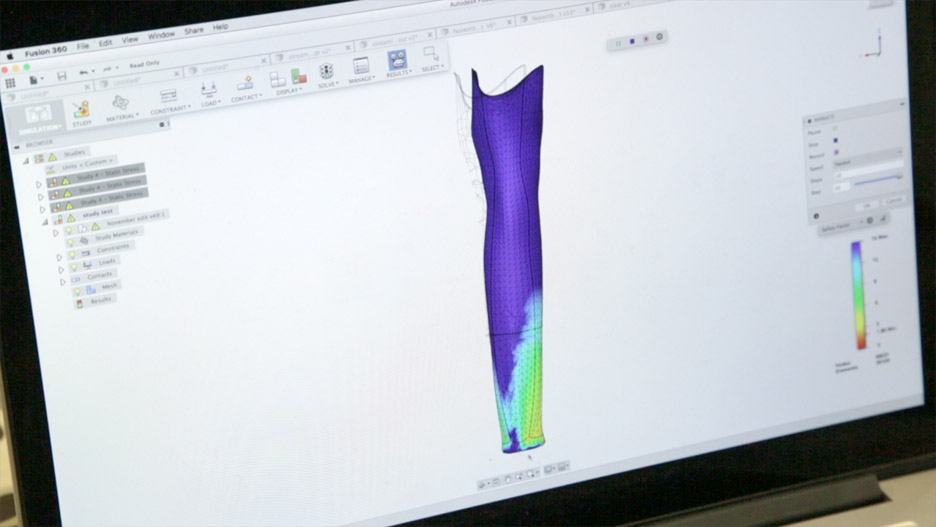
Schindler and Sohi have been designing and testing a series of iterations of the prosthesis, which is 3D-printed in polycarbonate in two parts.
Schindler is training with the latest version, although Sohi is continuing to develop the design so that the final version Schindler will use at the Paralympic Games is more aerodynamic.
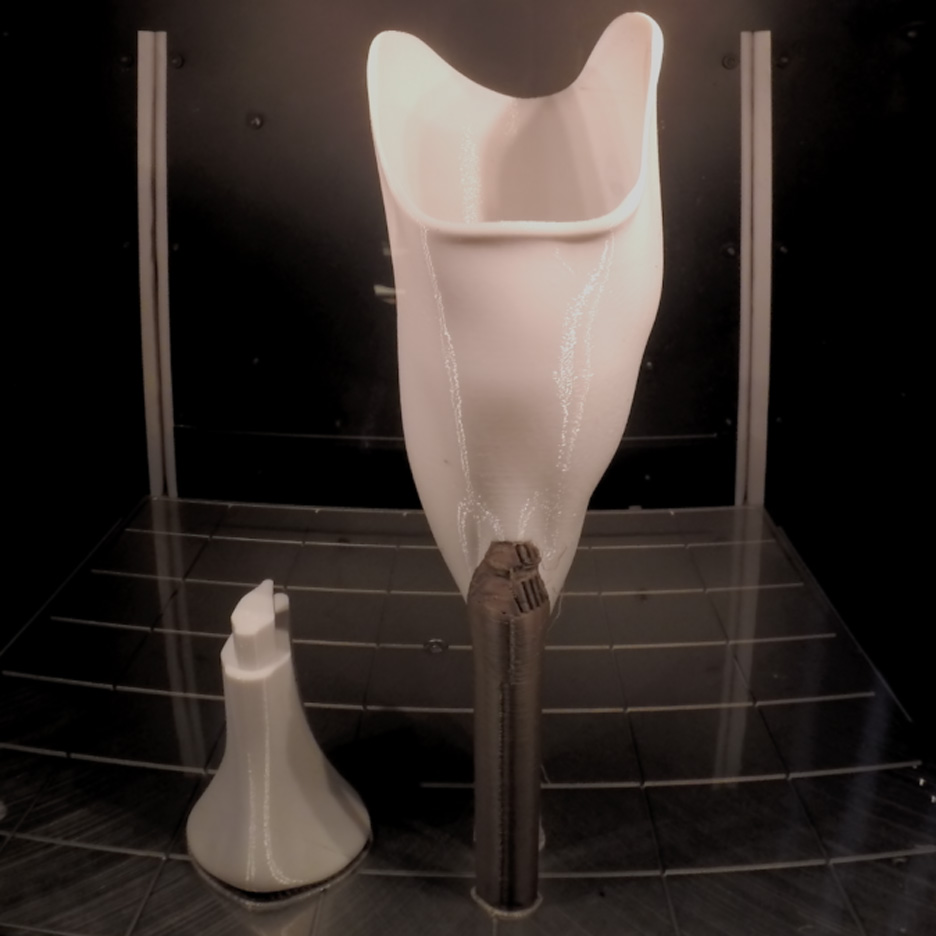
"With the last version we have definitely achieved a goal in that I can really ride with it," Schindler says. "I was even training outside and on the track, so I've been really surprised with what a big step we have made already."
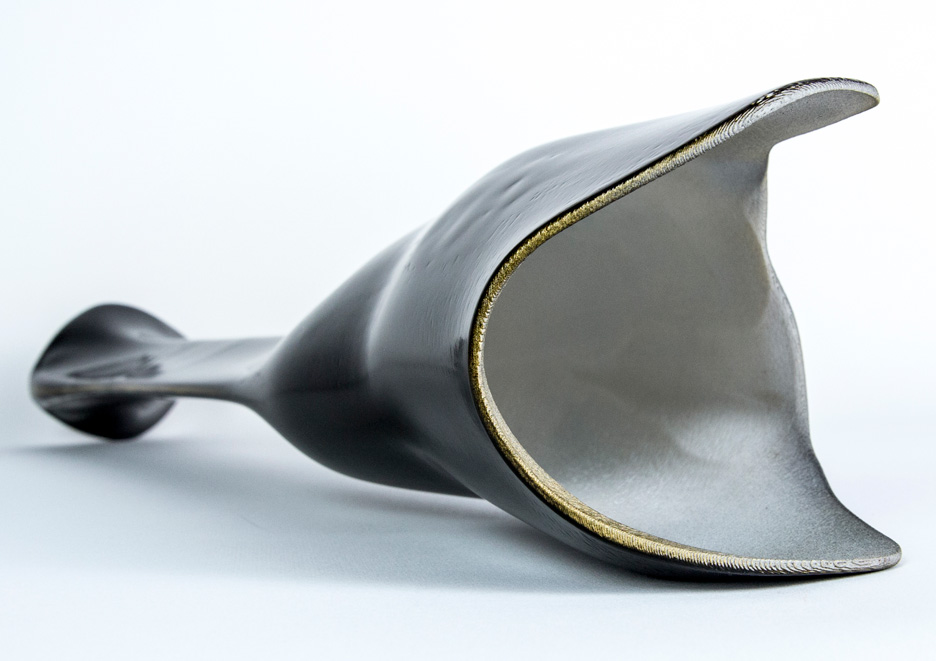
The short-term aim is for Schindler to compete and win a medal at the Paralympic Games in Rio de Janeiro later this year, where she will be competing in a number of different road and track events.
However, both Schindler and Sohi believe the project can have much more far-reaching consequences by making sports prostheses – usually only available to elite athletes – more affordable and accessible.
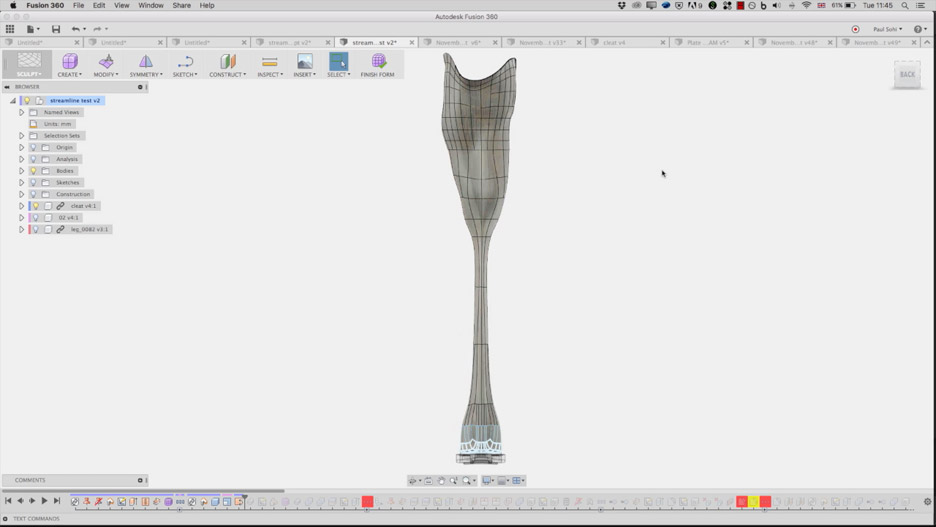
"Because everything is digitally distributable, you can democratise the manufacturing and you can build prosthetics anywhere in the world," says Sohi. "This is very much the future of prosthetics."
Subscribe to Dezeen's YouTube channel for the latest architecture and design movies
"The new technology is great for me, but my big goal is really to open up the sports world for the average amputated person," Schindler explains. "It makes a big difference if you have been amputated and you still have the chance to be active, to be self confident, to enjoy life and not to give up."

This movie was filmed by Dezeen. Additional footage used in the movie is courtesy of Senger Prager.
Future Makers is a collaboration between Dezeen and Autodesk exploring how designers are harnessing new digital tools and advanced manufacturing technology to pioneer the future of making things. You can watch all the movies in the series as we publish them on our YouTube playlist: